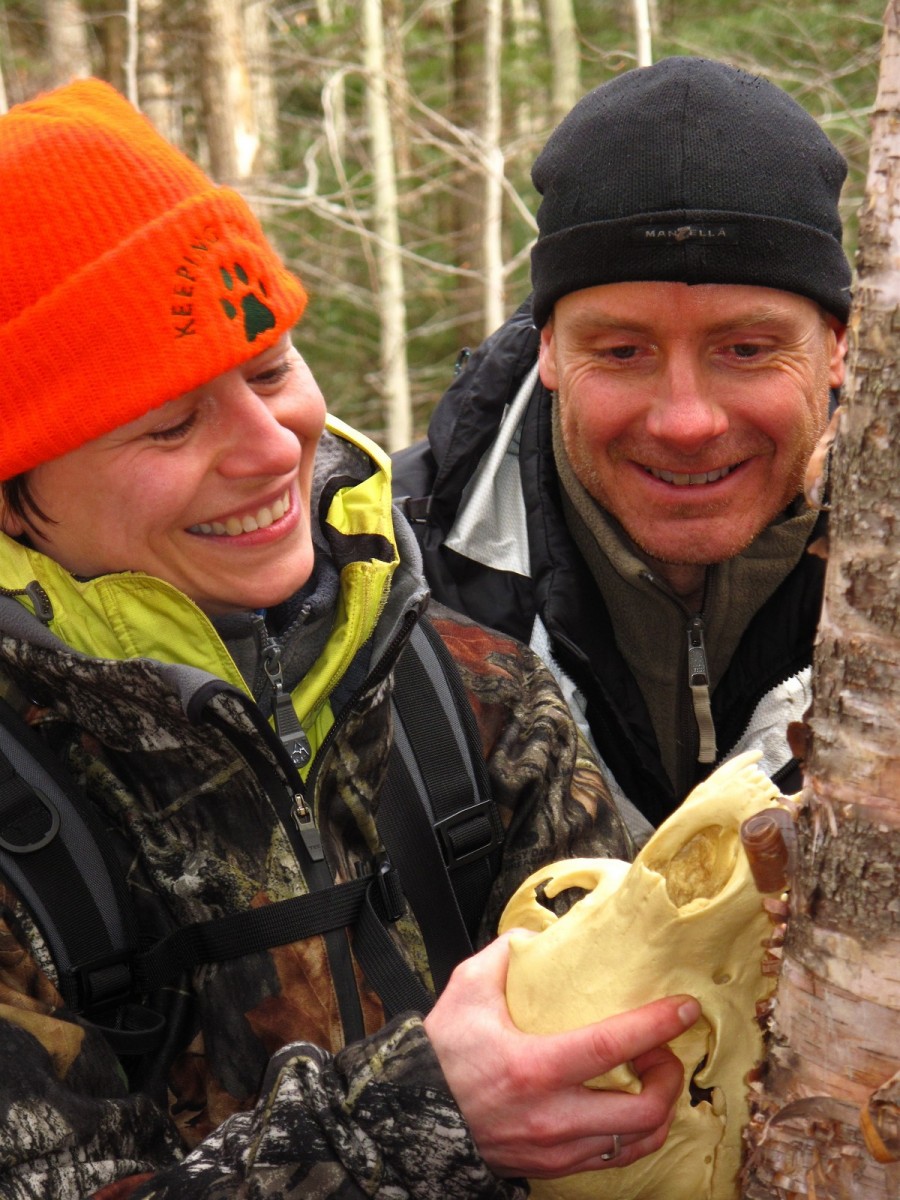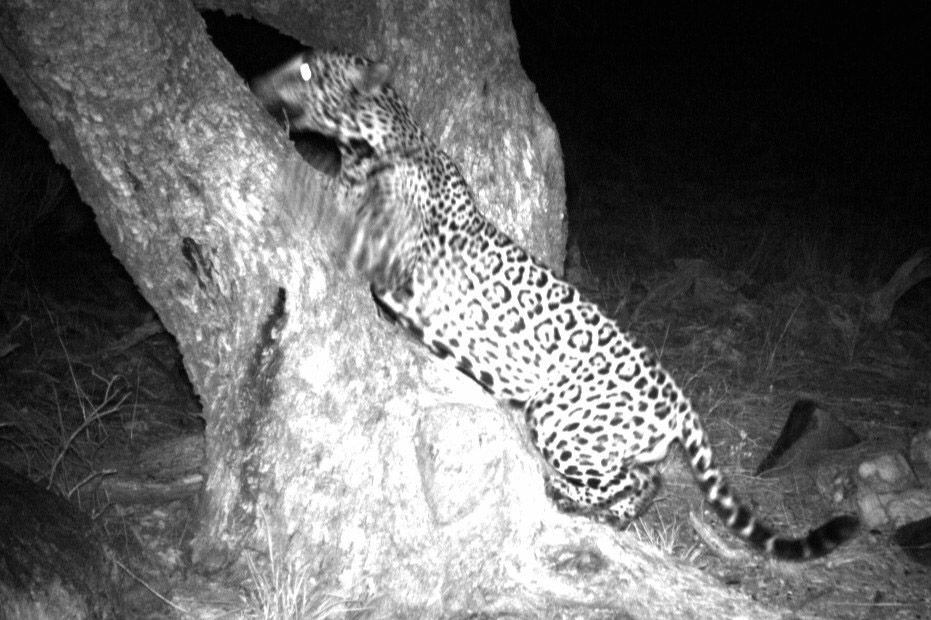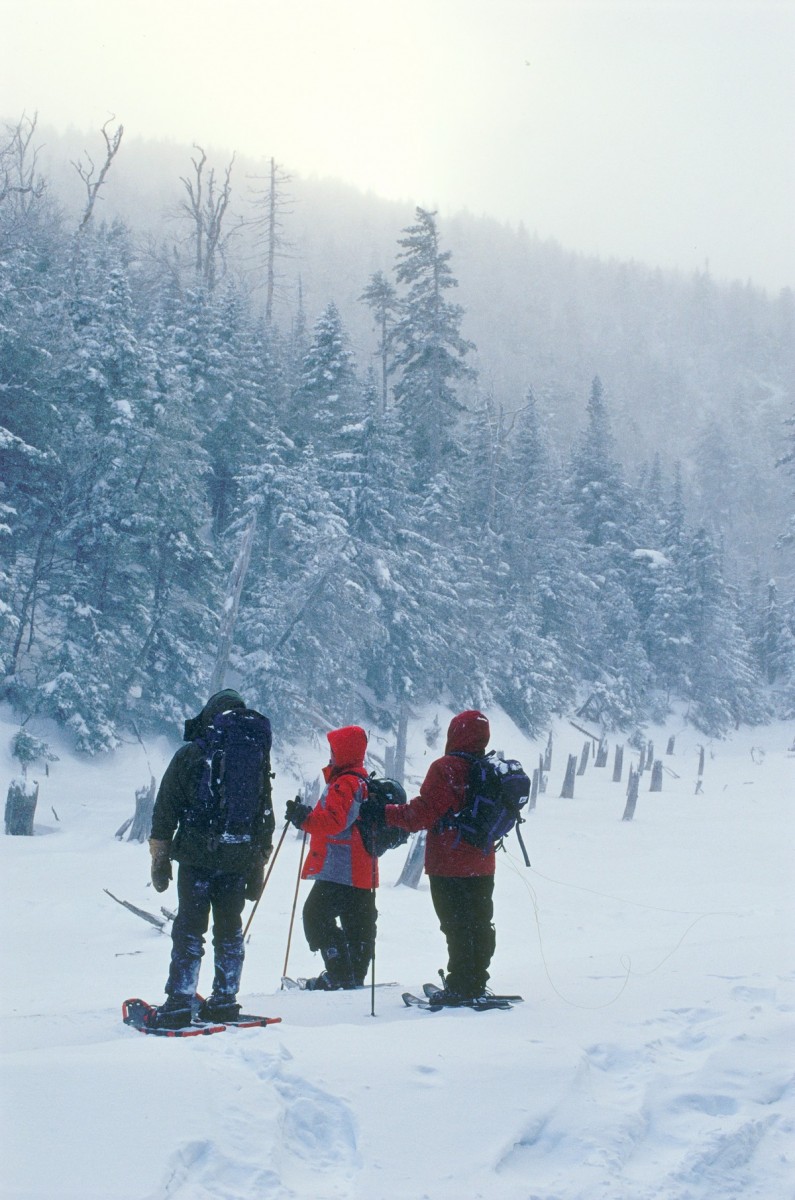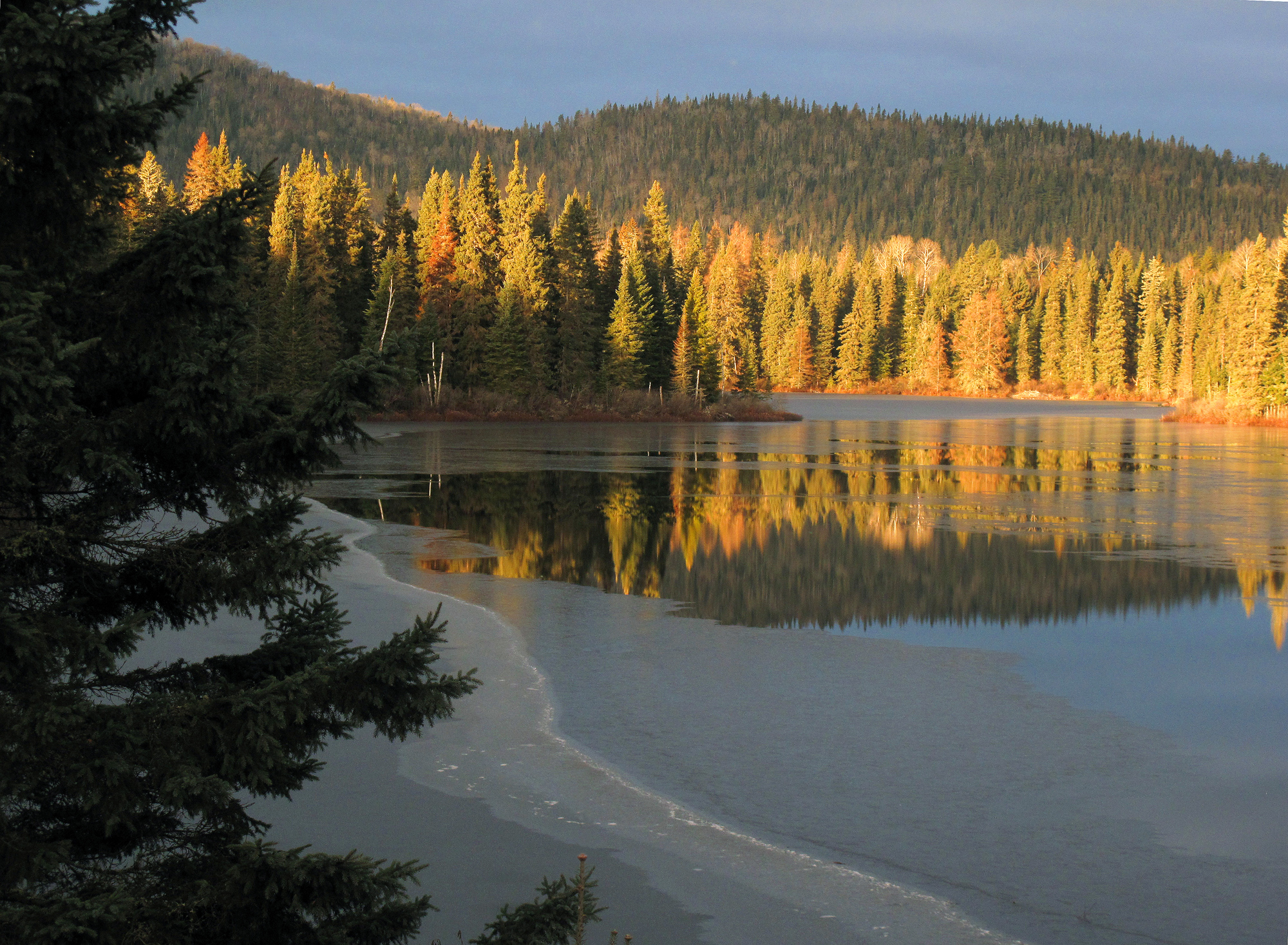 By the numbers
By the numbers
Since Keeping Track®’s inception in 1994, we have trained thousands of volunteers representing hundreds of communities across Vermont, New Hampshire, Massachusetts, Maine, Connecticut, New York, Pennsylvania, New Mexico, Washington, Florida, Arizona, California, British Columbia and Quebec. Data collected by Keeping Track teams has influenced the conservation of over 32,000 acres: 22,000 in New England and California and 10,000 in Quebec.
Keeping Vermont’s Green Mountains green
In Vermont, the Chittenden County Uplands Conservation Project (CCUCP) got much of its impetus from the longest-running track-and-sign survey in the U.S. -- the work Sue Morse has conducted since 1976 near her home in Vermont. CCUCP is a collaborative initiative involving multiple organizations including The Vermont Land Trust, Keeping Track, The Nature Conservancy, local land trusts and conservation commissions, and other state and private organizations. It’s aimed at conserving more than 10,000 acres of unfragmented habitat in northwestern Vermont. CCUCP partners are well past the halfway point through the successful conservation of over 9,000 acres in the project area.
Wildlife inspires community – and conservation
New Hampshire’s Piscataquog Watershed Keeping Track monitoring team positively influenced the relocation of a snowmobile trail and prevented the construction of a waste transfer station in prime bobcat habitat. In addition, Keeping Track team members bring property owners into the field to teach them about wildlife habitat needs. These relationships led directly to the protection of 4,093 acres of wildlife habitat. Currently, fifteen new land conservation projects are in progress and the neighboring Francestown Land Trust, working in the same watershed, has also conserved 1,200 acres.
 Fast lane to habitat protection
Fast lane to habitat protection
Keeping Track developed and led a special wildlife habitat training program for the Vermont Agency of Transportation (VTrans) and the Vermont Department of Fish and Wildlife. This innovative field class called “Habitats and Highways” has resulted in data gathering that VTrans applies to projects statewide. VTrans officials acknowledge that Keeping Track has raised agency awareness about the importance of habitat connectivity. Another outcome of the course has been the opportunity for transportation and wildlife specialists to learn together--resulting in increased proactive collaborations which benefit both wildlife habitat and highway planning. Keeping Track has conducted similar programs for New Hampshire and Maine Departments of Transportation.
 Close-up on jaguar conservation
Close-up on jaguar conservation
Spanning several years, an extensive remote camera and tracking project has continuously documented the presence of jaguar (Panthera onca) in a vast expanse of southern Arizona wildlands. Project leaders recently sought Sue Morse’s help to locate and camera monitor specific jaguar “scent stations.” Drawing from Sue’s extensive field research, researchers were able to successfully identify specific locations where one male jaguar had repeatedly scent marked—thereby confirming his residential status and efforts to communicate with other jaguars. Now, years later, additional jaguar sightings have been confirmed. We have solidly justified the need for immediate conservation and research actions to benefit a possible resident Endangered Species.
 Conservationists without borders
Conservationists without borders
According to Stansje Plantenga, founder of the Ruiter Valley Land Trust (RVLT, Quebec’s first land trust), “an ever-growing cadre of Keeping Track volunteers are collaborating with Appalachian Corridor Appalachien (ACA) in an international ecoregional conservation planning initiative called “Two Countries, One Forest.” Members of Ruiter Valley Land Trust and neighboring land trusts have been receiving Keeping Track Monitoring Program training for seven years. The expertise of multiple teams and their collected data have contributed to the conservation of 10,000 acres in Quebec.
Who’s the polluter?
Keeping Track has trained multiple environmental specialists who are themselves conducting pioneering investigations aimed at reducing nutrient and bacterial pollution in Vermont’s Lake Champlain. In particular, these scientists are studying and tracking the sources of E. coli colonies which originate in various vertebrate species’ feces. We have provided field training exercises in recent years, in all seasons and habitat types. Our goal has been to assist researchers in developing a field protocol that water quality specialists can use to more accurately locate and identify various bird and mammal excrement. Using Keeping Track’s techniques, thousands of fecal samples are being collected for the purpose of building a reference collection for use in “microbial source tracking.” Officials expect that this information will be invaluable as we seek to identify and eliminate sources of bacterial contamination and the health hazards it poses.
In print and on the air
Sue and Keeping Track have been featured on National Public Radio’s “Morning Edition” and in the following magazines: Adirondack Life, Amicus Journal, Animals, Audubon, Forest, Nature Conservancy, Orion Afield, Ranger Rick, Science and Children, Smithsonian, Sonorensis, Vermont, Vermont Life, Vermont Maturity, Vero Beach, and Wild Earth. Keeping Track is featured in Hope’s Horizon: Three Visions for Healing the American Land, by Chip Ward. Sue is the author and primary photographer for A Guide to Recognizing the Florida Panther, Its Tracks and Sign, published by Defenders of Wildlife-Florida. Her research and photography are featured in Kevin Hansen’s book, Bobcat: Master of Survival, published by Oxford University Press. Sue is also the subject of the children’s book The Woods Scientist, by Steven Swinburne. Another children’s book, Bobcat: North America’s Cat, is dedicated to Sue’s work as a felid conservationist and showcases her photographs.
Kudos
- In 2001, Sue Morse received the Franklin Fairbanks Award for her lifelong creative and dedicated service to enriching the awareness and understanding of the natural world among residents of New England.
- In 2004, Sue and Keeping Track received the Maria Pirie Environmental Program Award from the New England Environmental Education Alliance.
- In 2010, Sue and Keeping Track received the prestigious Conservation Award from The Adirondack Council. The award was presented to Susan during the Council’s annual gathering at the Essex Lighthouse in Essex, NY. Susan was recognized for her wildlife and habitat conservation work throughout the Champlain Basin, including the monitoring of habitat corridors that link the Green Mountains and the Adirondacks.
- In 2013, Unity College honored Sue with its Environmental Leader Award for her accomplishments in wildlife monitoring and conservation, and raising public awareness of the need for habitat protection. The award was presented through Unity’s Women in Environmental Leadership Program (WE Lead). Each year the program recognizes a professional woman who demonstrates outstanding leadership in an environmental field and serves as a model for future generations of women environmental leaders.

